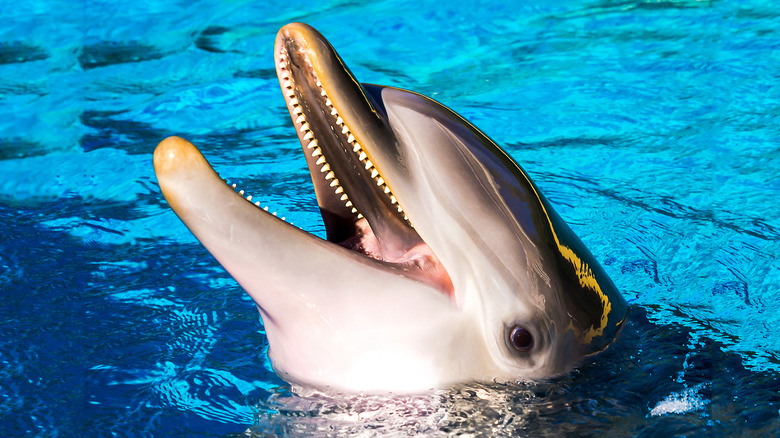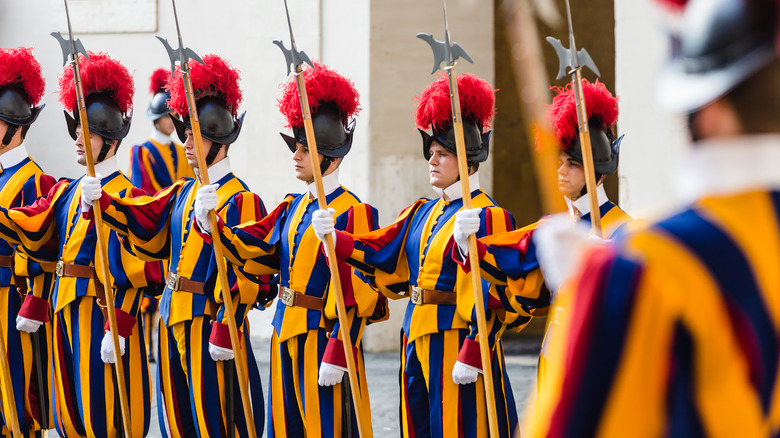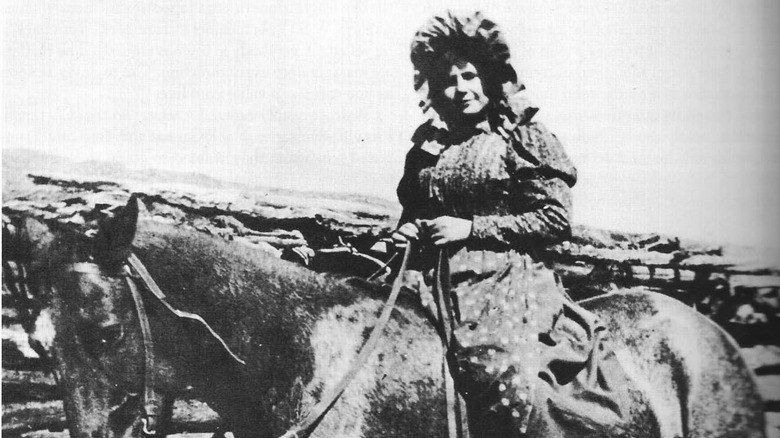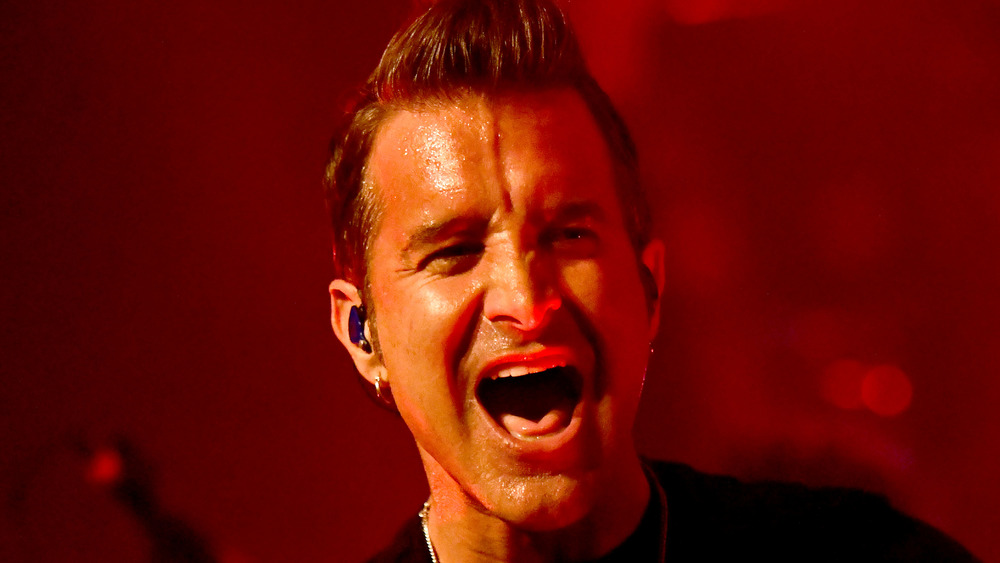
How Dolphins Have Been Used As Weapons In Warfare
Sadly, as is often our wont, humanity has used the intelligence of dolphins for its own deadly benefit. Much like dogs, dolphins have been used in warfare for a variety of different purposes. Let’s take a look at how these battling bottlenecks and combat-ready Chilean dolphins have been used as weapons on the field (metaphorically speaking) of battle.
Animals have had notable roles in warfare throughout human history. As reported by The History Herald, Carthaginian general Hannibal Barca did not employ his iconic war elephants in battle as often as believed. Nevertheless, they were formidable foes, the likes of which opponents in the ancient world had never seen before. Fast-forward to World War I, and animals ranging from carrier pigeons to supply-carrying horses were involved in the war effort. According to the RSPCA, 2.5 million animals were treated by the British Army Veterinary Corps during the conflict. Meanwhile, dolphins’ role in warfare began more recently.
Slate says that 1960 saw the beginning of U.S. research into new kinds of missiles. Such weapons were to be inspired by the effortless agility of marine life. This work culminated in the creation of the Navy Marine Mammal Training Program, housed in California’s Space and Naval Warfare Systems Command. Business Insider reports that 50 sea lions and 85 bottlenose dolphins were being trained here in 2015 and that they had a wide range of applications, from locating hostile forces to marking the presence of deadly mines.
The role dolphins serve
With their intelligence and “excellent biological sonar,” as SPAWAR Systems Center Pacific’s Ed Budzyna put it (per Business Insider), they are adept at any and every such task put to them. Dolphins World reports that the former USSR conducted similar work to America but that their operations seemingly ceased with the collapse of the Soviet Union. Nevertheless, in 2015, Russia announced its intention to purchase five great specimens to serve as what the outlet deemed “combat dolphins,” per Slate.
Though the cunning cetaceans haven’t actually fought, they have served important roles in the Vietnam War, protecting craft and personnel at the U.S. installation at Cam Rahn Bay. And in the Iran-Iraq War, they were used as surveillance in the Persian Gulf. Still, the ethics of such programs and their shortcomings remain controversial. Ric O’Barry, who trained the dolphins that appeared in the “Flipper” television series and later founded The Dolphin Project to advocate for the captive creatures, wrote on the organization’s official website that “dolphins are not dependable — they are controlled by food … These dolphins don’t understand anything about warfare — it is a game to them; a way to get fed.”

The Real Reason Leonardo Da Vinci Liked To Write In Reverse

The Truth About The Pagans Outlaw Motorcycle Gang's Secret Drug Ring
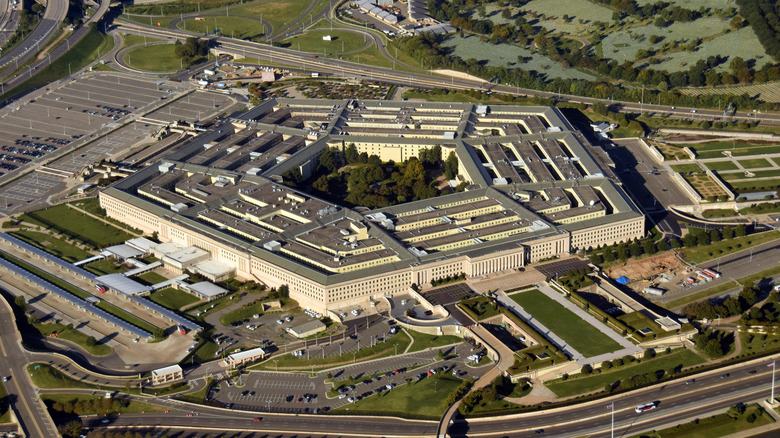
This Is How Many People Died In The Pentagon Attack On 9/11

How Serial Killer Joel Rifkin Was Finally Caught

Whatever Happened To The Body Of Alexander The Great?
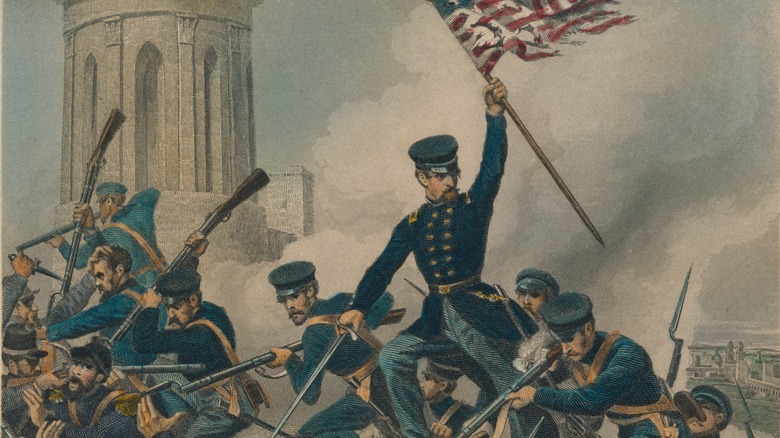
The Real Reason The Mexican-American War Happened

Here's What It Was Really Like For Prisoners In The Bastille

Whatever Happened To Mr. T?
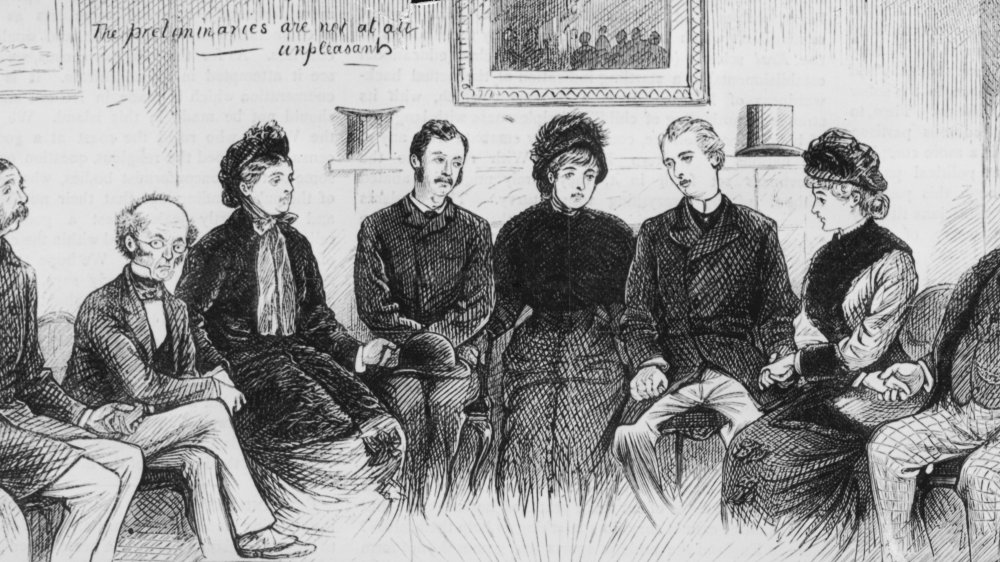
The Surprising Way Ouija Boards Were Used During The Victorian Era

The Truth About Jean-Claude Van Damme's Affair With Kylie Minogue
